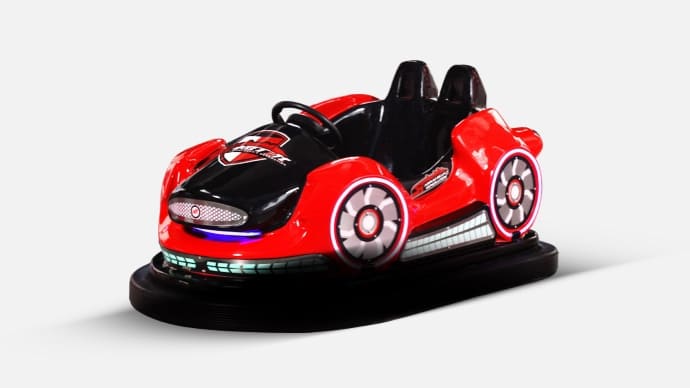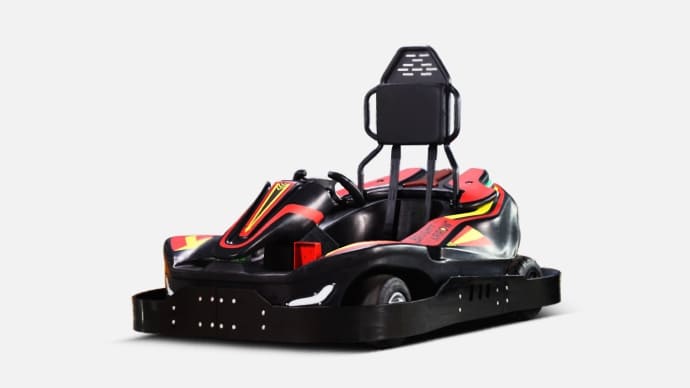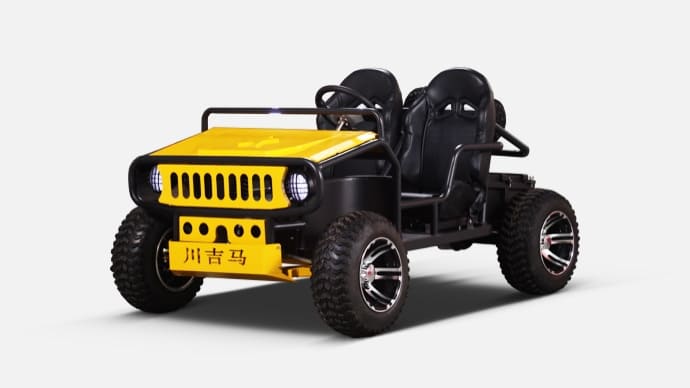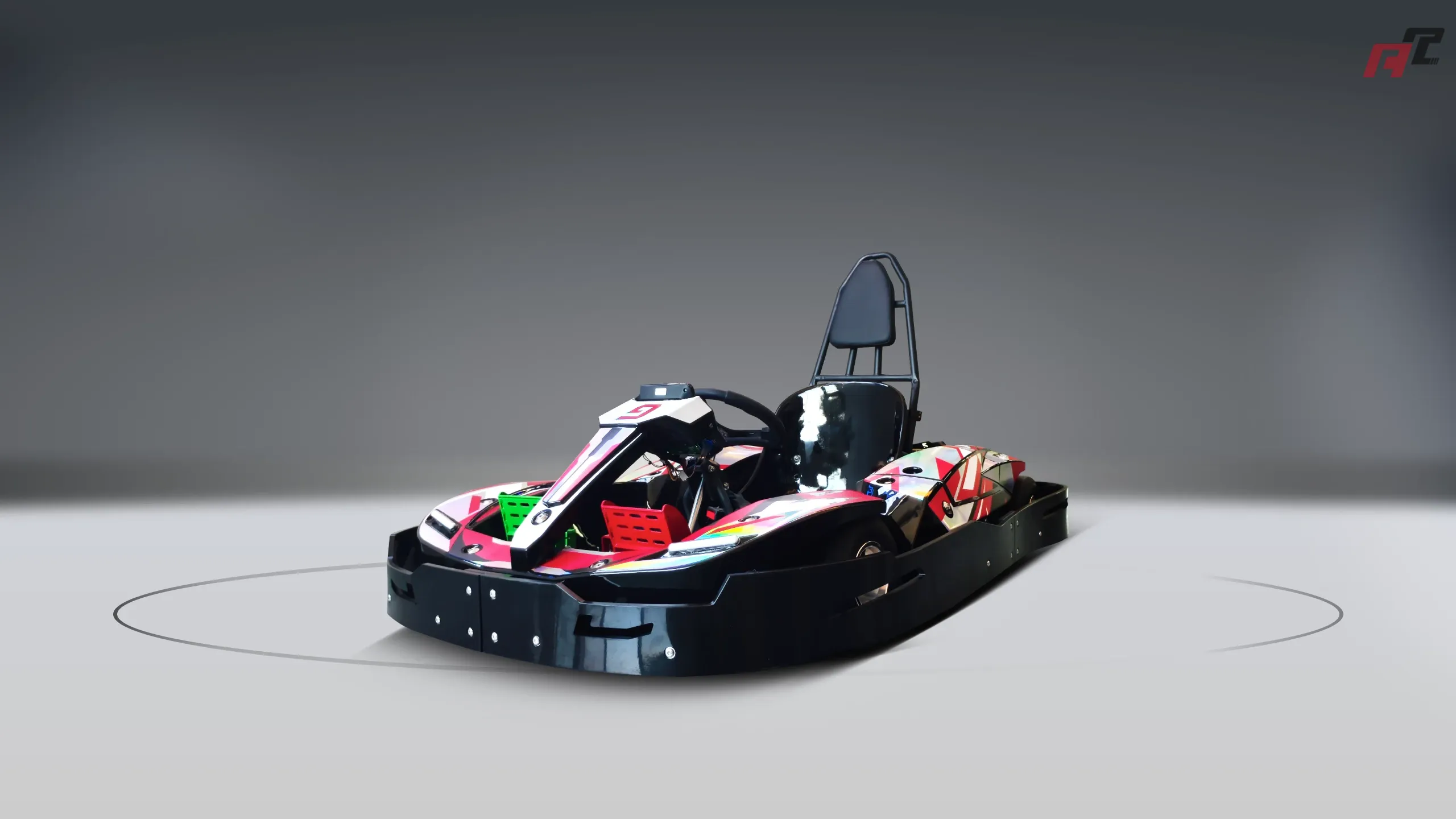are bumper cars safe | ANCHI Expert Guide
This blog explores the safety of bumper cars by addressing the top 5 user concerns and questions, such as injury risks and maintenance needs. It also provides professional insights for go-kart industry buyers, covering safety standards, track design, and procurement tips. Backed by real data, this guide helps ensure informed decisions for safe, thrilling experiences.
Are Bumper Cars Safe? Unpacking Safety Concerns and Go-Kart Industry Knowledge
Bumper cars, also known as dodgems, have been a staple of amusement parks for decades, delighting riders with their fun, low-speed collisions. However, safety concerns often arise among parents, park operators, and potential buyers in the amusement industry. Using insights from online sources, we've identified the top 5 popular questions or concerns users have about bumper car safety. Additionally, this article provides professional knowledge for go-kart industry buyers, focusing on safety, standards, and procurement considerations to ensure a secure and enjoyable experience.
1. Do Bumper Cars Pose a Risk of Injury?
One of the most common concerns is whether bumper cars can cause injuries. While bumper cars are designed for low-speed impacts with rubber bumpers to absorb shocks, minor injuries like whiplash or bruises can occur if riders do not follow safety guidelines. According to general industry observations, serious injuries are rare when rides are operated correctly, with proper seat belts and height/age restrictions enforced. Safety is enhanced by regular maintenance and operator oversight, ensuring cars function as intended.
2. Are Bumper Cars Safe for Young Children?
Parents often worry about the safety of bumper cars for kids. Most amusement parks set age and height restrictions (typically 5 years or older and over 42 inches tall) to ensure children can safely operate or ride as passengers. As noted in online resources like Tobbi's guide to kids' bumper cars, manufacturers design models with adjustable speed settings and safety features for younger users, making them safer when rules are followed.
3. How Are Bumper Cars Powered, and Is It Safe?
Users frequently ask about the power systems of bumper cars and associated risks. According to Wikipedia, bumper cars are typically electrically powered via a floor or ceiling grid. While electric systems are generally safe, proper insulation and maintenance are critical to prevent shocks. Modern designs include safety cutoffs and operator controls to mitigate risks, ensuring a secure environment for riders.
4. What Safety Standards Apply to Bumper Cars?
Many users want to know if bumper cars adhere to strict safety standards. In the amusement industry, rides including bumper cars must comply with regulations like ASTM International standards (F2291 for design and manufacture of amusement rides) in the U.S., or EN 13814 in Europe. These standards cover vehicle design, electrical safety, and track setup, providing a framework for operators and buyers to ensure compliance and minimize risks.
5. How Can Operators Ensure Bumper Car Safety?
Both users and industry professionals often inquire about maintaining safety over time. Operators must conduct daily inspections, checking for wear on bumpers, electrical systems, and flooring (often graphite-coated to reduce friction, as per Wikipedia). Training staff to enforce rules, such as no head-on collisions and mandatory seat belts, is essential. Regular maintenance schedules and adherence to manufacturer guidelines further enhance safety.
Professional Insights for Go-Kart Industry Buyers
While bumper cars and go-karts differ, they share a focus on safety and operational reliability in the amusement and racing industry. For buyers in the go-kart sector, whether purchasing for rental tracks or personal use, understanding safety and procurement is critical. Here are key considerations based on current industry data and insights from sources like RiiRoo and Xinsurance:
- Safety Gear Standards: Ensure go-karts come with or require high-quality protective gear, including full-face helmets meeting DOT or Snell standards and abrasion-resistant suits. As noted by RiiRoo, gear is the first line of defense on the track.
- Track Design Safety: Per Xinsurance, tracks should have proper barriers, clear signage, and layouts that minimize collision risks. Invest in designs that prioritize driver and spectator safety with adequate runoff areas.
- Vehicle Specifications: Opt for go-karts with adjustable speed settings for different age groups, roll cages, and reliable braking systems. Electric go-karts, as discussed on OutdoorToys, can reach varying speeds (10-60 mph depending on the model), so match specifications to user skill levels.
- Regulatory Compliance: Verify that go-karts and tracks meet local and international safety standards, such as ASTM or EN regulations. Non-compliance can lead to legal and safety issues.
- Supplier Reliability: Partner with reputable manufacturers who provide maintenance support, spare parts, and detailed safety documentation. This reduces downtime and ensures long-term operational safety.
Recent industry trends indicate a growing focus on electric go-karts for sustainability and reduced noise pollution, with models offering speeds tailored to both kids and adults. Safety remains paramount, with innovations in kart design and track technology driving buyer decisions.
In conclusion, bumper cars are generally safe when operated under strict guidelines and regular maintenance, addressing user concerns effectively. For go-kart industry buyers, prioritizing safety gear, track design, and compliance ensures a secure and thrilling experience for all. Choosing a trusted brand like ANCHI offers a distinct advantage. ANCHI is renowned for its commitment to safety, innovative designs, and reliable after-sales support, providing high-quality go-karts and bumper cars that meet international standards. With ANCHI, buyers can trust in durable, safe, and user-friendly products tailored to the amusement industry's needs.














